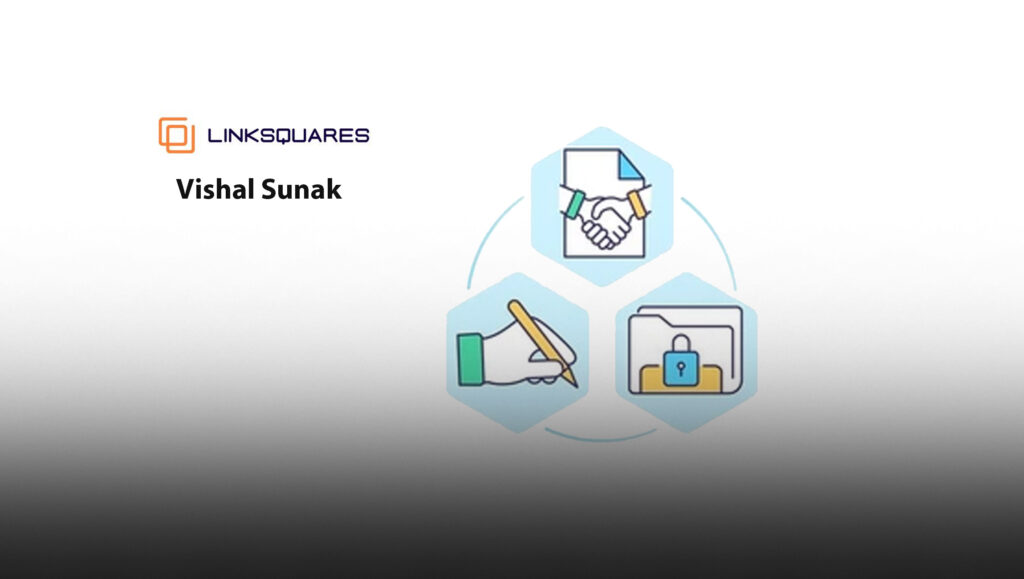Adopting more effective contract lifecycle management (CLM) tools and techniques has been the goal of in-house legal teams for more than 20 years, but recent advances in artificial intelligence have finally made CLM a practical investment for any business, and a strategic necessity for almost any sales organization.
For those unfamiliar with the term, contract lifecycle management refers to the organized process of drafting, executing, and then monitoring the impact of contracts between two or more parties. CLM is of vital importance to businesses that generate any significant volume of sales contracts, as the terms in those contracts dictate those companies’ revenue, along with important provisions like data security, termination rights, litigation, warranty and liability. A solid CLM process lets you know how many customers and how much sales revenue are under contract, when those contracts come to term, and any conditions under which those contracts can be extended or voided.
Read More: Scheduling Software That Can Help Remote Sales Reps Run Better Prospect Meetings
Put simply, CLM tells businesses how much revenue is contractually “locked in” and under what conditions that revenue can be renewed or lost. CLM also makes it easier to identify any “bottlenecks” in your contract pipeline and solve those problems quickly, because every step of the contract lifecycle is carefully monitored and measured. Pre-signature, CLM helps with the creation of new agreements from standard templates, providing oversight for the sales team about where the contract is in the redlining or approval process, and even the ability to generate order forms/pricing tables through configure, price, quote (CPQ) capability. This ultimately leads to approval by all stakeholders, a signature (either electronically or wet-signed) and then scanning back as a PDF.
The reason more companies haven’t adopted highly detailed CLM processes is that contracts don’t lend themselves to the kind of regimented, data-driven optimization that other areas of the business enjoy. Modern automation and analysis software runs on structured data — what many of us see in the form of spreadsheets — that allow manufacturing, marketing, software development, finance and even human resources to closely monitor their assets, project their liabilities and manage their productivity to a high degree.
Read More: Cloud-Based Sales Acceleration Platforms
Many sales organizations try to achieve mature contract lifecycle management by manually building the data systems they need to optimize their contract production and value-extraction. Tools as advanced as Salesforce.com to as simple as a homebrewed Microsoft Excel spreadsheet can help you keep track of the contract metadata that makes CLM possible. The main reason you need metadata is to recall this data individually or in aggregate when someone asks a question like, “Which contracts have termination for convenience?” or “which contracts are renewing/terminating next month or quarter?” It’s all about asynchronous questions that are hard to prepare for in advance if no metadata is being tracked. You’re trying to predict the future as to what questions might be asked of an in-house legal counsel. From what we’ve seen, most teams are not prepared to answer these questions quickly and are without a manual exercise to collate this information.
Where these efforts fail is that all the data in these CLM systems must be hand-keyed by human beings with some basic understanding of contract language and terminology. A lawyer, paralegal, or trained data entry professional has to read all your contracts and then create a record for them in Salesforce.com, Excel or some other tool. Key data points like associated parties, contract effective dates, termination dates, payment terms, governing law and assignable rights have to be manually tracked in your data systems.
This data input problem represents a significant labor cost as well as a high potential for error. And, any time you acquire a large volume of new contracts (like through a merger or acquisition) or have to amend a significant portion of your active agreements (like after a regulatory update), this problem is exacerbated.
This is where artificial intelligence makes all the difference.
Modern AI has natural language processing capabilities, which means AI software can now read your contracts and extract structured data from them without human supervision. The same technology that allows Apple’s Siri or Amazon’s Alexa to understand your spoken requests can also allow a CLM system to understand your written contracts and build the databases it needs without human oversight.
With the help of AI, you can categorize and analyze your contracts as quickly and easily as you run a Salesforce.com query or sort an Excel sheet — and without the risk of human error. When a massive volume of new or updated legal agreements comes under your management, you can handle that influx with the speed and scale of modern software, rather than being constrained by the limits of your legal staff. And, when contract analysis is that fast and that easy, it frees up legal team labor to perform much more valuable work for the larger organization.
Artificial intelligence has made a wide range of software systems more capable and valuable, and contract lifecycle management is now different. It’s not a question of whether you should adopt an AI-enhanced CLM system; it’s simply a question of when you’re going to let AI solve your biggest CLM problems.




















